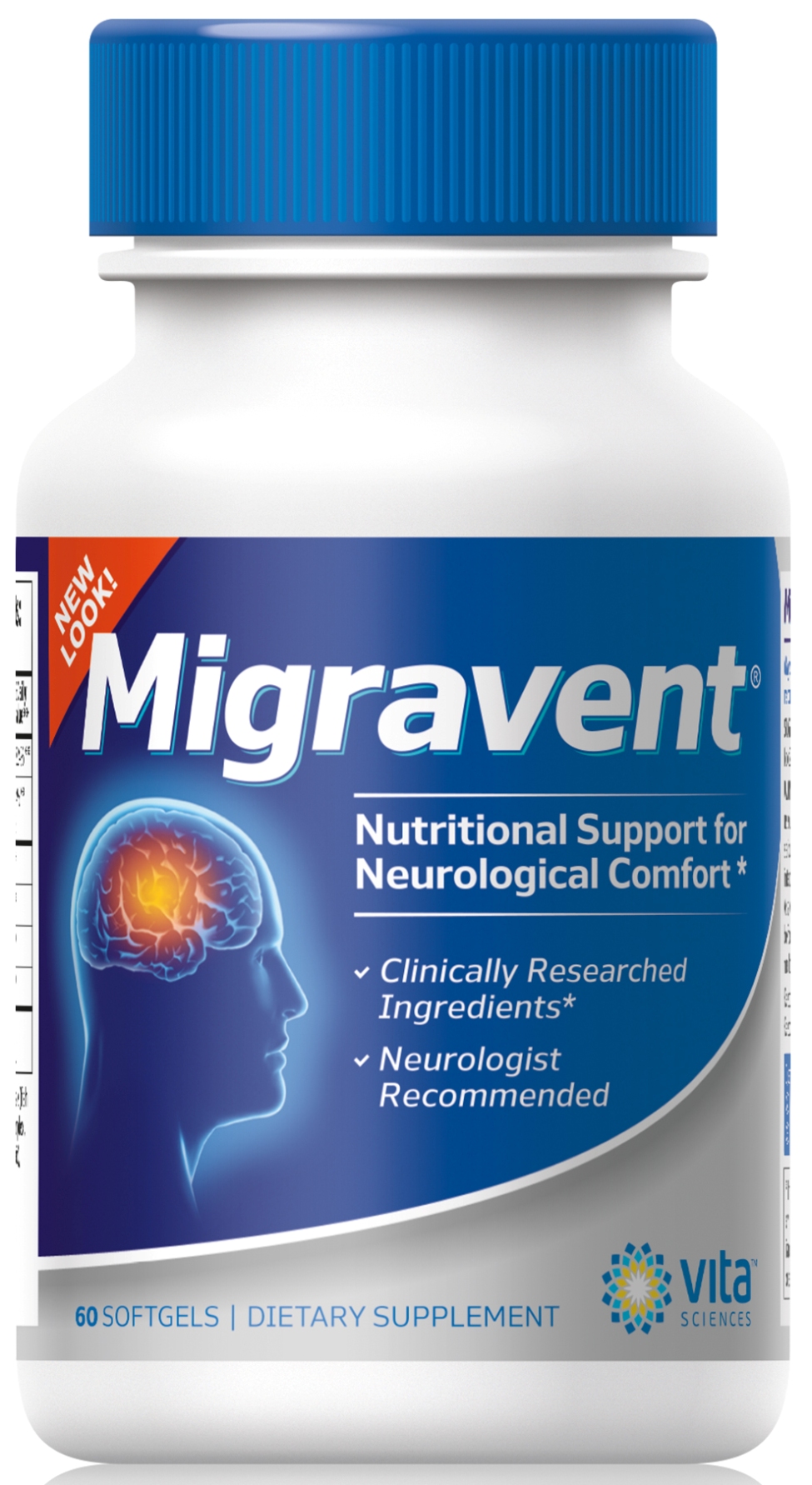It’s not your imagination, and you’re not hallucinating. Alice in Wonderland Syndrome, a neurological condition associated with migraines with aura, is a well-documented phenomenon that causes some pretty eerie symptoms such as distorted body image, loss of time perception, and disorientation.
Named after the famed author and migraine sufferer, Lewis Carroll, Alice in Wonderland Syndrome is a rare type of migraine with aura that mimics an “out of body” experience.
Although it most often occurs during childhood, many migraine sufferers continue to experience Alice in Wonderland Syndrome into their adulthood. Occurrences can last for seconds or minutes, may happen chronically or sporadically, and are usually a silent migraine.
Symptoms of Alice in Wonderland Syndrome
Migraine patients who experience the unusual syndrome describe seeing other people and things as topsy-turvy, in slow motion, or through a long tunnel; even body parts appear larger or smaller than they should, similar to the sensation described by Alice in the eponymously named children’s tale.
Frequently, symptoms occur while falling asleep, as a night terror, or as part of a set of symptoms that occur with sleep paralysis.
Common symptoms include:
- Altered body image, notably in the size and shape of the head and hands
- Impaired sense of distance from surroundings
- Loss of spatial awareness
- Objects in environment appear magnified or telescoped
- Distorted time perception
- Abnormal reactions to touch
- Unusual sounds
What’s the cause?
Scientists don’t have an exact answer as to the cause of this rare neurological phenomenon, but they theorize that Alice in Wonderland Syndrome and migraines with aura both occur in the occipital lobe of the brain, a region associated with vision perception.
A separate study on migraine prevention suggests a link between topiramate usage and increased episodes of Alice in Wonderland Syndrome, particularly at nighttime.
“After reduction of topiramate to 50 mg/day, the nocturnal phenomena ceased within 2 weeks…’
We agreed with the patient to a rechallenge and increased the daily dose to 75 mg/day.’
Two weeks later the distortions reappeared again and the patient decided to discontinue the drug”
Diagnosis and treatment
Although the symptoms themselves are not dangerous, doctors recommend that patients experiencing unusual migraine auras get tested with an MRI, and screen for possible (although rare) underlying conditions such as brain tumor, brain infection, or epilepsy.
There are no specific treatments for Alice in Wonderland Syndrome, but by following the usual protocol for migraine treatment you can reduce the frequency of debilitating episodes.
- Work with your GP or neurologist to find the most effective migraine treatment
- Keep track of medication usage and other relevant info in your migraine diary, and share the data with your headache specialist
- Follow a migraine-friendly diet that eliminates known triggers in food
- Eat and sleep at the same times each day and night, even during the weekend or while on vacation
- Experiment with natural alternative methods for managing migraines
- Supplement with daily vitamins, minerals, and herbs that benefit migraine patients, including riboflavin, butterbur, CoQ10, and magnesium.
Your turn!
Have you experienced Alice in Wonderland Syndrome, and have you noticed any correlations with migraine treatments?
Do you have any questions or suggestions? Please leave your comments below.
Share with your friends!
If you found this article helpful, then please share with your friends, family, and coworkers by email, Facebook, or Google+.
Like this? Read more:
Are Sleep Seizures, Exploding Head Noises Causing Insomnia?
When Migraine Aura with Aphasia leaves you Lost for Words
Go Ask Alice: Migraine Auras in Wonderland
Sources:
“Alice in Wonderland syndrome” associated with topiramate for migraine prevention
Body image disturbances (Alice in Wonderland syndrome)
Image courtesy of whale05/flickr



